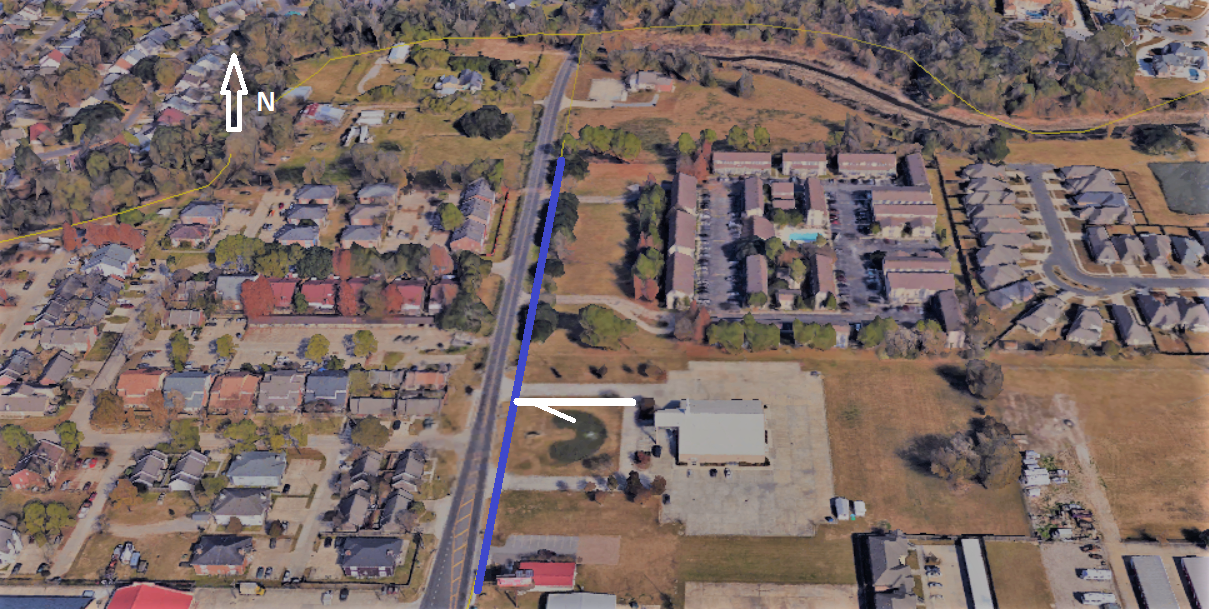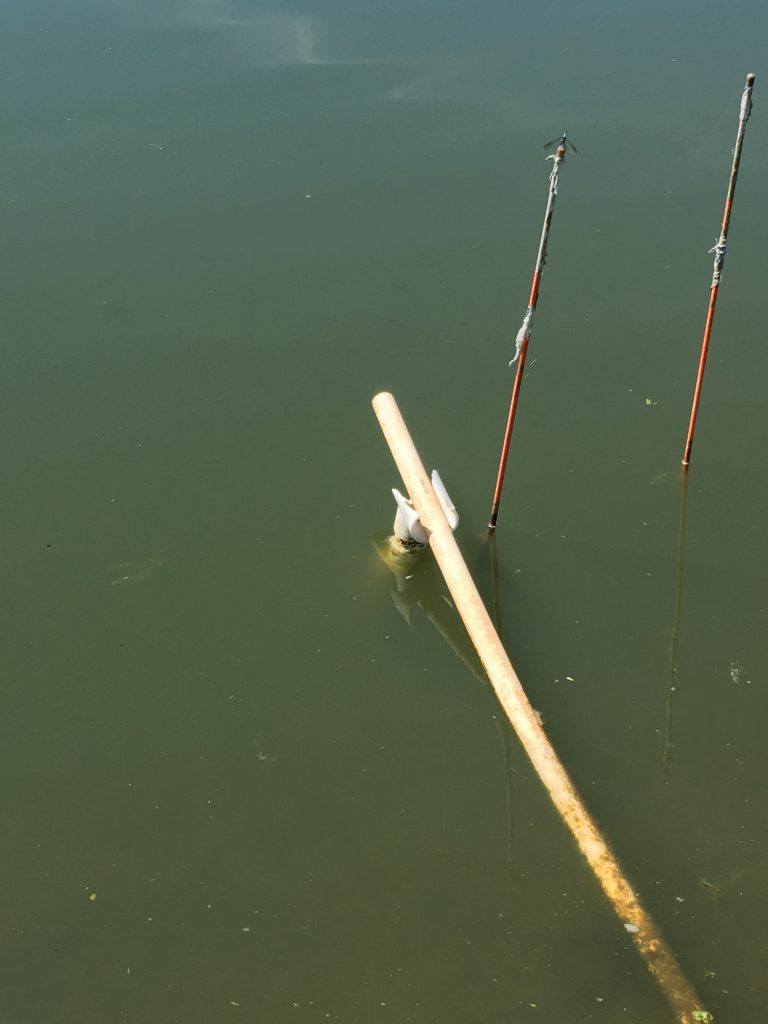The Power of Education in Mitigating Risk: A Case Study in Protecting Water Quality
Education, as we all know, is the key component of successful endeavors. Within the ever changing drinking water industry, professionals from various fields all contribute to the successful production and distribution of drinking water for human consumption. Administrators, managers, engineers, and operators all play a vital role by working together to provide safe drinking water. Professionals within each of these occupations typically obtain education commensurate with their level of responsibility. Other professionals associated with drinking water, such as fire protection specialists, plumbers, and lawn irrigation contractors, are equally trained and educated in their respective professions. However, users of the drinking water (customers) also have certain responsibilities associated with the use of the potable water supply. Education of the customer, particularly in the area of protecting water quality, is often not a high priority for water systems. As a result, the risk of contaminating the water supply is very real.
Water Quality Protection Responsibility
The United States Environmental Protection Agency (USEPA) implemented the Revised Total Coliform Rule (RTCR) with the intent to improve public health protection. The rule states that “all public water systems (PWSs) … must comply with the RTCR starting April 1, 2016”. The 1974 (and subsequent amendments) Safe Drinking Water Act (SDWA) establishes requirements that States or eligible Indian Tribes must meet to assume and maintain primary enforcement responsibility (primacy) to implement national primary drinking water regulations. One of the RTCR requirements placed on States and Tribes is to document that each public water system has a cross connection control program “approved by the State”.
Responsibility for protecting water quality is shared by many stakeholders and includes the following:
A. Water Purveyors – providing safe water to the customers
B. Customers – prevent contamination by eliminating or protecting cross connections
C. Administrative Regulatory Officials – creating and enforcing quality regulations
D. Building and Plumbing Officials – enforcement of the regulations
E. Consulting Engineers and Architects – proper design of water and plumbing systems including appropriate backflow prevention methods when required.
F. Contractors, Plumbers, Testers – compliance with backflow preventer installation and testing requirements.
While many of the stakeholders may have received some form of education about the drinking water, it is unlikely that extensive knowledge of cross connection control and backflow prevention exists in many water systems. In most cases, the customers are the stakeholder with the least amount of knowledge on the subject yet are the most responsible for protecting water quality from potential contamination. Let’s take a look at a case history where an educated customer eliminated a potential catastrophic incident by eliminating a cross connection. In this particular case, the risk was mitigated at no cost to the customer.

The Setting
An earthen pond is located in front of a church for aesthetic reasons as shown in the center of the photo in Figure 1. The lawn is well maintained with no known lawn irrigation system. Less than 100 yards north of the church is a multi-family apartment complex containing several hundred units. Residents of the apartment complex consist of mostly individuals along with some families as evidenced by the presence of children often playing on the grounds. To the east of the apartment complex is a subdivision of single family homes. Directly across the street from the church, dozens of duplexes and four-plexes exist along with an additional apartment complex. These multi-family units consist of mostly low income workers with many young families present.
Cross Connection Discovered
During a casual conversation with the church groundskeeper in July of 2009, the groundskeeper asked “What do you do?” To my surprise, the perfect example to explain what we do was immediately available. After asking the gentleman to turn around, we witnessed a garden hose submerged in the pond as shown in Figure 2. The pond was being filled using potable water supplied by a hose bib located on the exterior of the church building. This filling process often took several days depending on the pond level when the filling began. We explained that when the pond was being filled, pond water could backflow through the church’s plumbing and possibly back into the main water line through a backsiphonage condition should there be a break in the main water line. We further explained that if this situation occurred, the contaminants from the pond could then enter several or all of the multi-family units potentially causing serious harm or death to the residents. The groundskeeper was surprised that such an event could occur and he thanked us for sharing the information. He then immediately removed the garden hose from the pond. The education process proved successful in mitigating the risk and protecting water quality.


The Pond is Full Again
After several months, the groundskeeper moved on to another position elsewhere. Over the next several years, we began to notice that the pond water level would rise significantly within a matter of hours. Puzzled by this condition, we performed a brief cross connection control survey to determine how this could occur. The solution to filling the pond so quickly – install a fill line (small white line shown in Figure 1) connected to the service supply line to the church. The pond was now being filled within a matter of hours by simply opening a valve on the fill line. See Figure 3 for a look at the pond actually filling. While this process worked fine to keep contaminants from entering the church, the process did little to protect the public water supply. Once this process was discovered, a conversation with the new groundskeeper occurred to explain how backflow could occur and that the cross connection posed a threat to human health. Armed with education, the new groundskeeper began the process of rectifying the situation.
Resolution
After several years of filling the pond through the fill line connected to the potable service line, a final resolution was put in place. Figure 4 shows that an air gap was constructed by raising the fill line above the flood level rim of the pond. The photo shown in Figure 4 was taken at a very high water level with the air gap far exceeding the minimum size of twice the pipe diameter above the water surface elevation. This zero cost solution was constructed using excess material from a previous project and is the safest method of cross connection control. Furthermore, area residents are now well protected from what was a very real risk to public health.
The Power of Education
As water industry professionals, we have an obligation and in some cases a responsibility to not only provide and distribute quality drinking water but to protect it as well. Education of stakeholders is a key component of our industry. As professionals, we are keenly aware of the need for continuing education; however, one stakeholder (the customer) does not typically receive education in the water industry. Often times the customer is a key contributor to protecting water quality. As the case study shows, a properly educated customer can do their part in mitigating risks by eliminating or protecting against cross connections.

